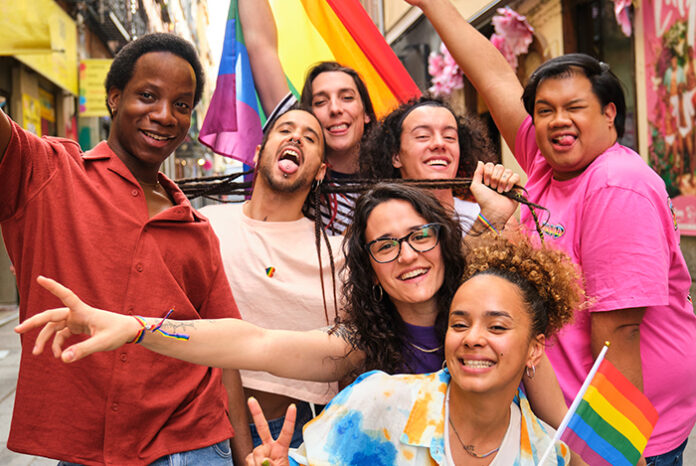
Pride Month, a beacon of joy and celebration for the LGBTQ+ community and allies, fills June with vibrant parades and events that draw millions in support. This year, however, a wave of legislative challenges threatens to dampen the festive spirit. In just the first half of 2024, state legislators across the United States have introduced a staggering 515 bills targeting the LGBTQ+ community.
The Human Rights Campaign has responded by declaring a state of emergency for LGBTQ+ Americans, highlighting the severity of these legal attacks. Yet, amidst this troubling landscape, there is a compelling reason for optimism—a reason deeply rooted in the resilient history of the LGBTQ+ movement, as explored in my forthcoming book.
A Look Back: A History of Resilience
In the mid-20th century, the legal environment for queer rights was undeniably bleak. Consensual same-sex relationships were criminalized in every state, and homosexuality was pathologized as a mental illness. This classification barred gay and lesbian individuals from serving in the military, obtaining federal employment, and retaining custody of their children.
The case of Bert Chapman exemplifies the extreme repercussions of these laws. In 1940, Chapman was arrested in Michigan for being sexually intimate with another man in his own home. He was subsequently confined to a psychiatric institution until he could “recover” from his homosexuality, spending 31 years detained due to his sexual orientation. Chapman’s release in 1971, after convincing a jury he was no longer a danger to society, underscores a significant shift—American law could, and did, change.
Transformative Legal Milestones
Over the decades, the LGBTQ+ rights movement achieved monumental changes. States began to decriminalize same-sex relationships and enacted harsher penalties for hate crimes against the queer community. Family law saw judges granting custody to lesbian mothers and gay fathers, and schools started to teach that same-sex sexuality was not inherently harmful.
This transformation, spanning 55 years, turned a legal system that criminalized gay and lesbian relationships into one that recognized and affirmed the dignity of queer families. The 2015 Supreme Court ruling in favor of same-sex marriage rights was a watershed moment. By then, gay men no longer feared arrest for their sexuality, and lesbians did not worry about losing their livelihoods.
Grassroots Advocacy: The Heart of Change
The profound changes in American law did not originate from the federal level. They began in small pockets of the country and gradually spread, driven by the relentless efforts of countless advocates. These heroes of the LGBTQ+ rights movement were often ordinary citizens who fought for incremental change in their communities. Activist Tom Brougham, for example, initiated a national movement for domestic partnership recognition in the 1980s. Reflecting on the journey, he noted, “when we started out, we thought that every stage was almost impossible, but we were going to fight anyway. It turned out none of them were impossible.”
Hope for the Future
This June, as we navigate the current challenges, the LGBTQ+ community can find solace and inspiration in its history. The past demonstrates that legal systems can change for the better, even when the present seems dire. The resilience and determination of earlier generations paved the way for the rights and recognition we have today.
Pride Month remains a time for optimism, a celebration of the progress made and a reminder of the power of collective action. While the legislative onslaught in 2024 presents significant hurdles, the LGBTQ+ community has a long history of overcoming seemingly insurmountable obstacles.











